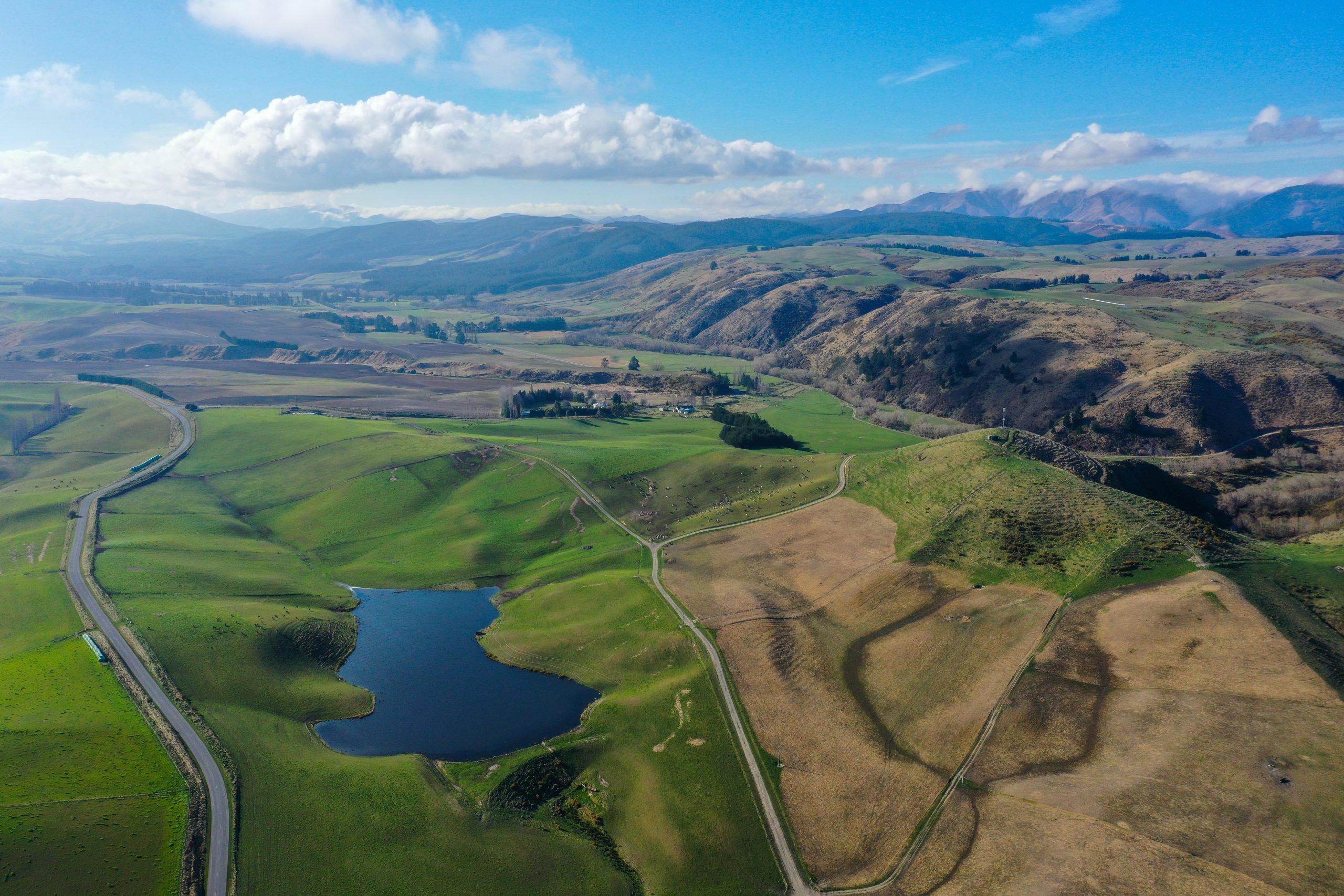Jackie Harrigan
Horizons Regional Council has notified the updated Plan Change 2 to clear up impediments to compliance which have blocked around 120 farmers from gaining consents to farm.
“It’s a straight equity issue for farmers,” Horizons general manager of strategy and regulation Nic Peet said.
“In 2013, when the plan became operative the numbers were fixed essentially in time, but later changes to Overseer meant the numbers generated by the model for each farm increased.
“Those farmers with intensive land use were unable to meet the N leaching targets in the infamous Table 14.2 set in the plan, even after implementing mitigations, even though they had not changed farm management practices in a negative way.”
Massey University has now updated the science and the cumulative nitrogen leaching maximums in Table 14.2 to reflect the improvements made in the nutrient modelling software tool Overseer.
“Essentially when the Overseer versions changed over the years, with no changes to practices on farm, it made people further and further away from meeting the numbers in the plan.
“As science changed, the model changed without leading to more N in the river.”
The other part of the plan change addresses the declarations made when the council lost a court challenge from Fish and Game and the Environmental Defence Society on their interpretation of the One Plan implementation, Peet says.
“The ability or pathway to apply for a resource consent, for people that can’t meet the N leaching table, closed – and basically many farmers can’t do it – so the plan change opens up a pathway for people to apply, by demonstrating good environmental practices on farm and by talking about their environmental footprint including N, P , E coli, sediment. It’s to their advantage if they can meet the table by using mitigations, but if they can’t they are not locked out of becoming consented.”
Under the plan change, if farmers can meet the recalibrated nitrogen leaching levels in Table 14.2 and meet other controlled activity standards, like stock exclusion and N fertiliser use then they will be assessed as a controlled activity.
If the N leaching levels cannot be met using Overseer, even with mitigations used, then the consent will be assessed as a discretionary activity and if the N leaching levels are met but not the mitigating standards, then it will be a restricted discretionary activity.
The public process has seen notification, next the submissions close on October 21. Peet says the hearing will be set for February 2020 followed by a decision later in the year.
Dairy farmers in the upper Manawatu catchment in the Tararua District have been held up in the consents process due to the uncertainty of not meeting the table of N leaching.
Peet says the plan change will bring the majority of unconsented farmers a lot closer – but many will still have to put mitigations in place to reduce their N leaching, as many of their consented colleagues have had to do.
There is a good lesson for councils around using Overseer numbers as a measure for consenting, Peet says.
“The numbers are a really good indicator of a direction of travel, but less useful as an absolute threshold, however the plan’s architecture still has them as a threshold.
“The council has taken a pragmatic decision to keep using the Overseer numbers to save farmers being in limbo for years as a new way of measuring N in the catchments is developed – but we will be moving towards a better understanding within each catchment of how we should be treating the nutrient load – that work will be happening over the next few years.”






